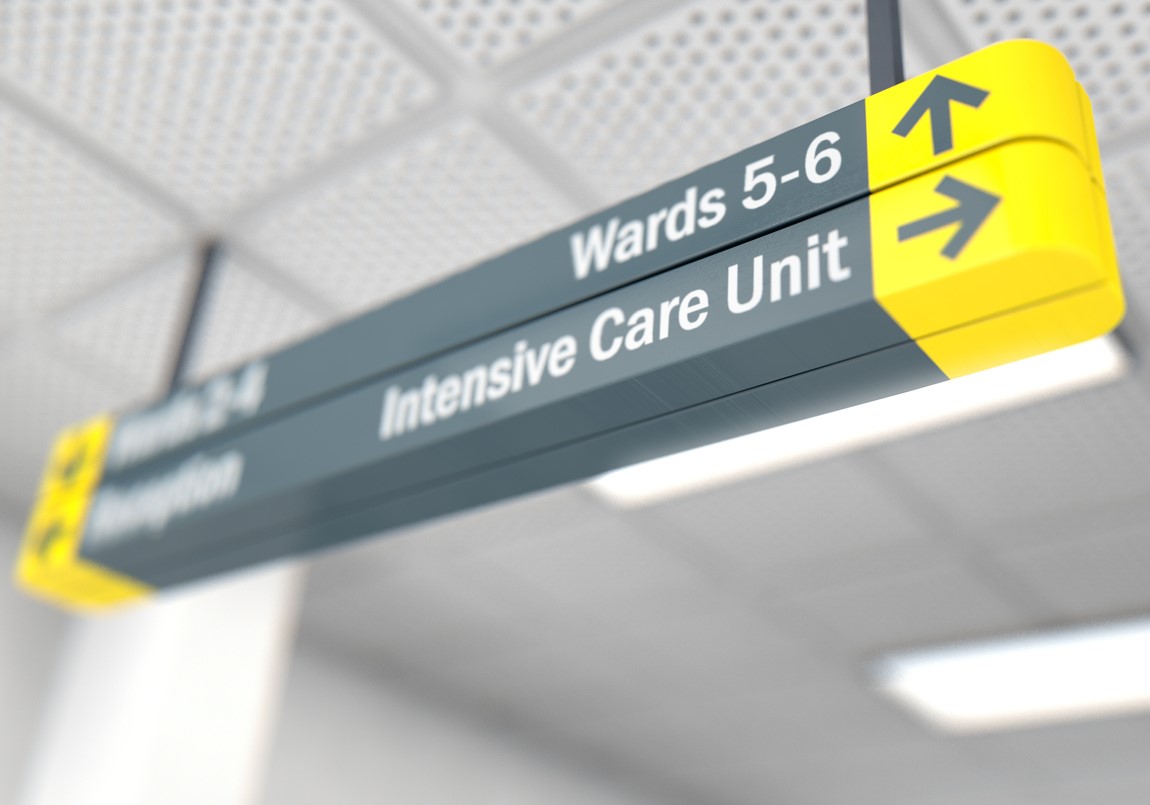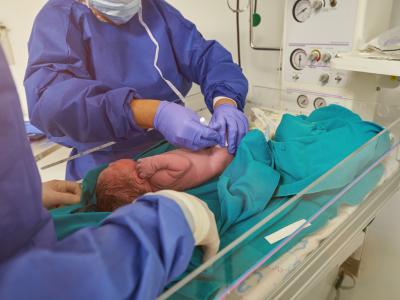 In a study published today in JAMA Network Open, US researchers report that a newly developed algorithm demonstrated high sensitivity in detecting antibiotic allergic-type reactions in patients receiving antibiotic prophylaxis (prevention) for cardiac implantable electronic device (CIED) procedures.
In a study published today in JAMA Network Open, US researchers report that a newly developed algorithm demonstrated high sensitivity in detecting antibiotic allergic-type reactions in patients receiving antibiotic prophylaxis (prevention) for cardiac implantable electronic device (CIED) procedures.
In the retrospective study, researchers analyzed data on Veterans Affairs (VA) patients who had undergone CIED procedures and received peri-procedural antibiotic prophylaxis from October 2015 through September 2019. The aim of the study was to develop and test a set of electronic health record variables that could indicate allergic-type reactions to the antibiotics typically used to prevent surgical-site infections. The lack of systematic surveillance for antibiotic drug reactions in this context prevents clinicians from getting real-time feedback about potential patient harms.
The cohort of 36,344 patients included 34,703 CIED procedures with antibiotic exposures (mean age, 72 years; 98% male patients). The median duration of post-procedural prophylaxis was 4 days.
The final algorithm model included seven variables as potential factors for allergic-type reaction: entries in the VA hospitals' Allergy Reaction Tracking (ART) system, either historic (odds ratio [OR], 42.37; 95% confidence interval [CI], 11.33 to 158.43) or observed (OR, 175.10; 95% CI, 44.84 to 683.76); PheCodes for "symptoms affecting skin" (OR, 8.49; 95% CI, 1.90 to 37.82), "urticarial" (OR, 7.01; 95% CI, 1.76 to 27.89), and "allergy or adverse event to an antibiotic" (OR, 11.84, 95% CI, 2.88 to 48.69); keyword detection in clinical notes (OR, 3.21; 95% CI, 1.27 to 8.08); and antihistamine administration alone or in combination (OR, 6.51; 95% CI, 1.90 to 22.30).
These findings highlight the importance of perioperative antibiotic stewardship to limit harms of unnecessary antibiotic exposures and the need for innovative strategies.
The model identified antibiotic allergic-type reactions with an estimated probability of 30% or more. The positive predictive value was 61% (95% CI, 45% to 76%) and sensitivity was 87% (95% CI, 70% to 96%). The most frequently administered antibiotics with allergic-type reactions included cephalosporins (40%) and vancomycin (23%).
"These findings highlight the importance of perioperative antibiotic stewardship to limit harms of unnecessary antibiotic exposures and the need for innovative strategies to provide audit and feedback to clinicians about patient harm caused by unnecessary antibiotic exposures," the study authors wrote.
 A new nationwide
A new nationwide 












